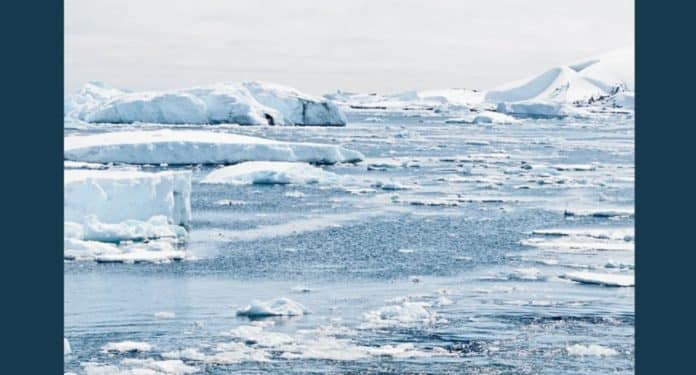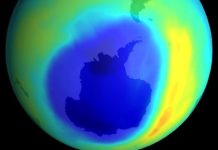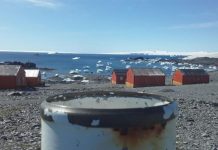
June 17 (UPI) — Newly analyzed atmospheric data suggests ozone pollution across Antarctica has been steadily rising over the last quarter century.
High in Earth’s atmosphere, ozone is welcomed. The ozone layer, found in the stratosphere, helps shield the planet’s living inhabitants from harmful ultraviolet rays.
At lower altitudes — in the troposphere, for example — ozone is a problem. Created as sunlight breaks down other types of pollutants, ozone can trigger the formation of smog and irritate the lungs and throats of city dwellers.
Scientists have previously surveyed tropospheric ozone levels across the Southern Hemisphere, but for the latest study — published Wednesday in the journal Environmental Science and Technology — researchers wanted to focus on Antarctica.
“Studies at remote regions such as Antarctica can expose the first signals of global change, because the environmental conditions are extreme there,” study corresponding author Jayanarayanan Kuttippurath told UPI in an email.
“So, it is important that we monitor the changes in places like Antarctica,” said Kuttippurath, a climate scientist and assistant professor at the Center for Oceans, Rivers, Atmosphere and Land Sciences at the Indian Institute of Technology Kharagpur.
Ever since scientists found a hole in the ozone layer above Antarctica, the Southern Continent has become an important site for atmospheric observations.
“We have been closely observing the Antarctic environment since then, not only the stratosphere but the troposphere, too, to monitor the changes and assess the impact of ozone concentration changes there,” Kuttippurath said.
Investigations of Antarctica’s atmosphere have helped scientists better understand how different pollutants and greenhouse gases cycle through the atmosphere and become concentrated in remote places, thousands of miles from industrial sources.
For the new study, Kuttippurath and his research partners analyzed more than 25 years of ozone concentration measurements in Antarctica.
The data, compiled from eight stations spread across Antarctica, showed ground level ozone levels have been steadily rising.
Numerical models showed both natural and human activities were responsible for the increases in ozone levels measured across Antarctica.
Though much of the increase in ozone levels can be explained by melting snowpacks and natural atmospheric overturning, researchers found evidence that significant amounts of ozone pollution is being transported from neighboring regions, including South America.
Regardless of the origins of tropospheric ozone, the researchers suggest the trend is worrisome.
“Ozone pollution can contribute to global warming, which is a great concern for this region, as it is very sensitive to changes in climate,” Kuttippurath said. “The warming can accelerate sea-ice melting, Southern Ocean chemistry and biology, and changes in global water mass properties.”
In followup studies, the researchers plan to measure ozone changes in the Arctic and across the Tibetan Plateau, as well as assess the the impacts of ozone pollution on global climate patterns.





